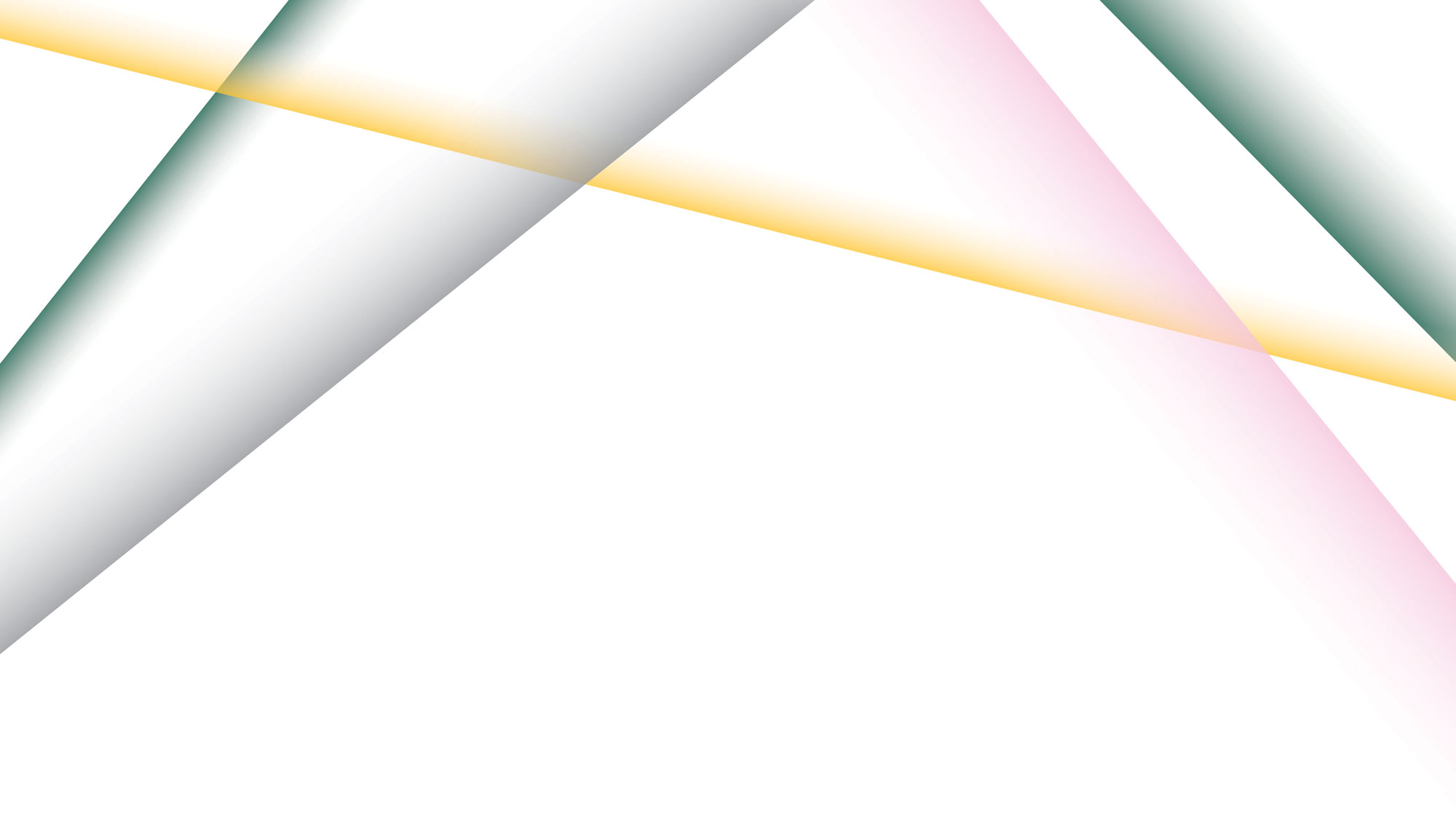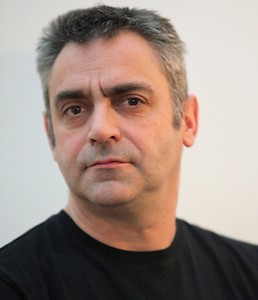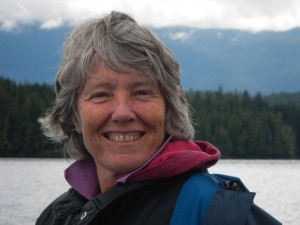Keynote Speakers
The full ISEA2015 program can be found under the Schedule Page
The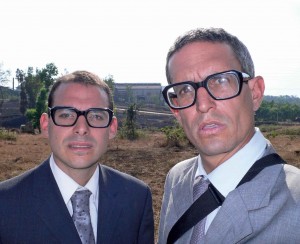 Yes Men
Yes Men
Session Title: Tactical and Creative Resistance
The Yes Men, Andy Bichlbaum and Mike Bonanno, have been called “the Jonathan Swift of the Jackass generation” by author Naomi Klein. The Yes Men have impersonated World Trade Organization, Dow Chemical Corporation, and Bush administration spokesmen on TV and at business conferences around the world. They do this (a) in order to demonstrate some of the mechanisms that keep bad people and ideas in power, and (b) because it’s absurdly fun. As the Yes Men, they use humor, truth and lunacy to bring media attention to the crimes of their unwilling employers. Their second film, The Yes Men Fix the World, won the audience award at this year’s Berlin Film Festival, the Grierson Award for Most Entertaining Documentary, and went on to become a smash box-office sensation, only just barely surpassed by Avatar. Their main goal is to focus attention on the dangers of economic policies that place the rights of capital before the needs of people and the environment.
Abstract
Coming soon.
 Michael Connor
Michael Connor
Sessions Title: TBD
Michael Connor is the Editor and Curator of Rhizome at the New Museum. Connor’s work focuses on artists’ responses to cinema and new technologies. His past solo and collaborative projects as curator include: ‘Liquid Crystal Palace,’ Honor Fraser, Los Angeles; ‘Street Digital’ (works by artist duo JODI); ‘Wild Sky,’ Edith-Russ Haus, Oldenburg, Germany; ‘Screen Worlds’, ACMI in Melbourne; ‘Essential Cinema’ at the Toronto Film Festival, and ‘The New Normal’ touring exhibition. Connor previously worked as Curator at FACT, Liverpool and Head of Exhibitions at BFI Southbank, London.
Abstract
Coming soon.
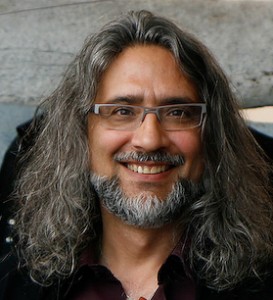 Brian Massumi
Brian Massumi
Session Title:Collective Expression: The Ecology of Thinking in Action
Brian Massumi is professor of communication at the University of Montreal. He specializes in the philosophy of experience, art and media theory, and political philosophy. His most recent books include Politics of Affect (Polity, 2015), The Power at the End of the Economy (Duke UP, 2015), and What Animals Teach Us about Politics (Duke UP, 2014). He is co-author with Erin Manning of Thought in the Act: Passages in the Ecology of Experience (co-written with Erin Manning; University of Minnesota Press, 2014). Also with Erin Manning and the SenseLab collective, he participates in the collective exploration of new ways of bringing philosophical and artistic practices into collaborative interaction, most recently in the frame of the “Immediations: Art, Media, Event” international partnership project.
Abstract
What are the conditions for an interaction to spark a collective movement of expression that is truly ecological in the sense of exceeding both the individual inputs of the agents involved and the sum of those contributory parts? This is the question addressed in electronic art, embodied cognition, network theory, and posthuman philosophy under such rubrics as “distributed agency,” “distributed cognition,” and “nonhuman agency.” Too often, presuppositions about what constitutes agency and cognition are left unchallenged, with the gesture of multiplying and redistributing the existing categories implicitly considered adequate to the task. This talk will attempt to set in place certain conceptual signposts for an integral rethinking of these categories along radically ecological lines. The starting point will be the seemingly least amenable to this project: language interaction. Starting from pragmatically from a particular technique for collective expression practiced at the Montreal-based research-creation laboratory, the SenseLab, the discussion will work out from language to the ecological field within which it takes place. The aim is to resituate language in relation to its outside: the larger field within which it occurs, populated by elements and beings beyond its ken, and beyond the purview of the human subject, whose capacities for thought and action they immanently inform. The path will lead through certain outlier concepts of C.S. Peirce’s theory of signs, revolving in particular around his enigmatic concept of a “Commind,” cast in terms we would call ecological today, as more fundamental to expressive action than the individual utterer or agent.
Dominique Moulon
Sessions Title: Digital Art: A Contemporary Art
Dominique Moulon studied visual art at the Fine Art School (ENSA) of Bourges and holds a Master’s Degree in aesthetics, science and technology from the University of Paris 8. Member of the Observatory of Digital Worlds in Humanities (OMNSH), of the International Association of Art Critics (AICA), of the Opline Prize for online contemporary art and founder of MediaArtDesign.net ; he also writes articles for Art Press, Digital MCD, The Seen and Neural. He is the Artistic Director of the media art fair Variation Paris and currently curator in residence at the art center of the Maison Populaire in Montreuil. Dominique Moulon teaches new media at Parsons (The New School for Design), ECV (Ecole de Communication Visuelle) and EPSAA (Ecole Professionnelle Supérieure d’Arts Graphiques) in Paris. He has also been a regular guest professor at the School of the Art Institute of Chicago (SAIC), the National School of Fine Arts (ENSBA) in Paris, The Fresnoy (Studio national des arts contemporains) and the University of Paris 8. His book Contemporary New Media Art was published in French by Nouvelles Editions Scala in 2011 and in English as an e-book in 2013. He is doing research at the laboratory Art & Flux (CNRS) of the University of Paris 1 Panthéon-Sorbonne while preparing his next book on the relationships between art, technology and society. As an expert in digital cultures, he has also been sollicited for his input by some companies like Axa, Accenture, Google, Landor or Renault.
Abstract
After video emerged as a trend in the 1960s, it gradually acquired the status of artistic medium over close to 30 years. If it took as long for digital technology to achieve recognition as a contemporary artistic medium after having become democratized in the 1980s, then the time for acknowledgment has come.
Thanks in part to the widespread use of the Internet and its mass appeal, digital culture, in all its forms, has become part and parcel of everyday life. Digital and networking technologies have made their way into all private and public spheres of contemporary society; they have also had an impact on how we relate to others and on our worldview. The time has come, then, to consider the consequences of such massive permeation for the art world, without neglecting any of its key stakeholders, whether artists or collectors, critics or curators, galleries or institutions. For the art world is an ecosystem with well-established rules.
We must also acknowledge that the digital medium has a wealth of specific characteristics, which may be insidious at times—so much so that all artworks worldwide are now shaped, in part, by digital technology, sometimes unbeknownst to their creators. The way we perceive the world has changed now that it fits in the palm of one hand or can be grasped between thumb and forefinger.
From now on, everything on the Internet belongs to us, from the most trivial files to the most sensitive data. The final impediments to acknowledging the interconnection of digital technology and art—from media permanence to artwork scarcity—have crumbled away. That is because digital media and art now resonate together, because the practices of artists and amateurs have become intertwined. It is now time to consider what digital technology brings to art and vice versa. It is now or never.
Hildegard Westerkamp
Sessions Title: The Disruptive Nature of Listening
Hildegard Westerkamp has lectured on topics of listening, environmental sound and acoustic ecology and has conducted soundscape workshops internationally. By focusing the ears’ attention to details in the acoustic environment, her compositional work draws attention to the act of listening itself and to the inner, hidden spaces of the environment we inhabit. For details check her website: http://www.sfu.ca/~westerka
Her music has been commissioned by CBC Radio, Canada Pavilion at Expo ’86, Ars Electronica (Linz), Österreichischer Rundfunk, Zentrum für Kunst und Medien in Germany…. She received Honorable Mentions in competitions such as Prix Ars Electronica in Austria, Prix Italia, and the International Competition for Electroacoustic Music in Bourges, as well as a Recommendation for Broadcast from the International Music Council’s 4th International Rostrum of Electroacoustic Music… Her articles have been published in Radio Rethink, Kunstforum, Musicworks, MusikTexte and a variety of books… For an extensive exploration into her compositional work see Andra McCartney’s Sounding Places: Situated Conversations through the Soundscape Work of Hildegard Westerkamp, York University, Toronto, 1999, and in the internet at: http://beatrouteproductions.com/Andradiss.pdf
As part of Vancouver New Music’s yearly season she has coordinated and led Soundwalks for some years since 2003, which in turn inspired the creation of The Vancouver Soundwalk Collective.
A founding member of the World Forum for Acoustic Ecology (WFAE, see: www.wfae.net), and long-time co-editor of its journal Soundscape, Westerkamp was a researcher for R. Murray Schafer’s World Soundscape Project in the Seventies, and has taught acoustic communication at Simon Fraser University with colleague Barry Truax.
Abstract
A true state of listening cannot be acquired by force. The order to listen – LISTEN! we all have heard and experienced it – guarantees a closing off, a turning away, a non-listening, possibly even a permanent disturbance in our once open and trusting listening channels. It is perceived like any sound that annoys, disrupts, hurts, or injures: we cringe, we try to block it out, might fight it, may want to get rid of it, but we will not listen.
By its very nature listening is a continual and gentle process of opening. We usually know when we are in that place of perceptual receptivity and we know when we have lost it. Listening is never static, cannot be held on to, and in fact needs to be found again and again.
As such, it is disruptive in its nature. Paradoxically, while a grounded and calm state of mind, a sense of safety, peace and relaxation are essential for inspiring perceptual wakefulness and a willingness and desire to open our ears, normal routines, habits and patterns will be disrupted and laid bare in such a process of listening; noises and discomforts inevitably will be noticed, and all kinds of experiences will be stirred and uncovered. Listening in fact implies a preparedness to meet the unpredictable and unplanned, to welcome the unwelcome. How do we reach such a state of listening, why would we want to?
Sara Diamond
 Session Title: Action Agenda: Vancouver’s Prescient Media Arts
Session Title: Action Agenda: Vancouver’s Prescient Media Arts
Dr. Sara Diamond is the President of OCAD University, Canada’s “university of the imagination”. She holds a PhD in Computing, Information Technology and Engineering from the University of East London, a Masters in Digital Media theory from the University of Arts, London and Honours Bachelors of Arts in History and Communications from Simon Fraser University. She is an appointee of the Order of Ontario and the Royal Canadian Society of Artists and a recipient of the Queen’s Diamond Jubilee Medal for service to Canada. She is the winner of the 2013 GRAND NCE Digital Media Pioneer Award.
Her book (with Sarah Cook) Euphoria & Dystopia: The Banff New Media Dialogues, a history of the boom, bust and reset years of the first wave of digital media is currently available; published by Banff Centre Press and Riverdale Architectural Press, University of Waterloo. Diamond is a data visualization, wearable technology and mobile media researcher, artist and designer. She developed www.codezebra.net, a pioneering social media data visualization and sentiment analysis software. She is co-principal investigator on the Centre for Information Visualization/Data Driven Design, an OCAD U/York University major initiative and is the holder of funding from the Social Science and Humanities Research Council, Canada Foundation for Innovation, MITACS, the National Sciences and Engineering Research Council and Ontario Centres for Excellence. Diamond was the Artistic Director of Media and Visual Art and Director of Research at the Banff Centre, where she created the Banff New Media Institute (BNMI) in 1995 and led it until 2005.
Abstract
Beginning in the 1960s Vancouver’s hyper active media art scene was a hotbed of experimentation, collaboration, technical play and radical engagement, with a proliferation of organizations engaged with media art. Contributions to the scene included feminist collectives, artists’ cable television, artist-run media arts centres, university labs and programs, electronic art exhibitions and more. This talk will excavate formations, institutions, actions and activism and point to their relevance in our complex times.
Presented in partnership with the SFU Galleries.
